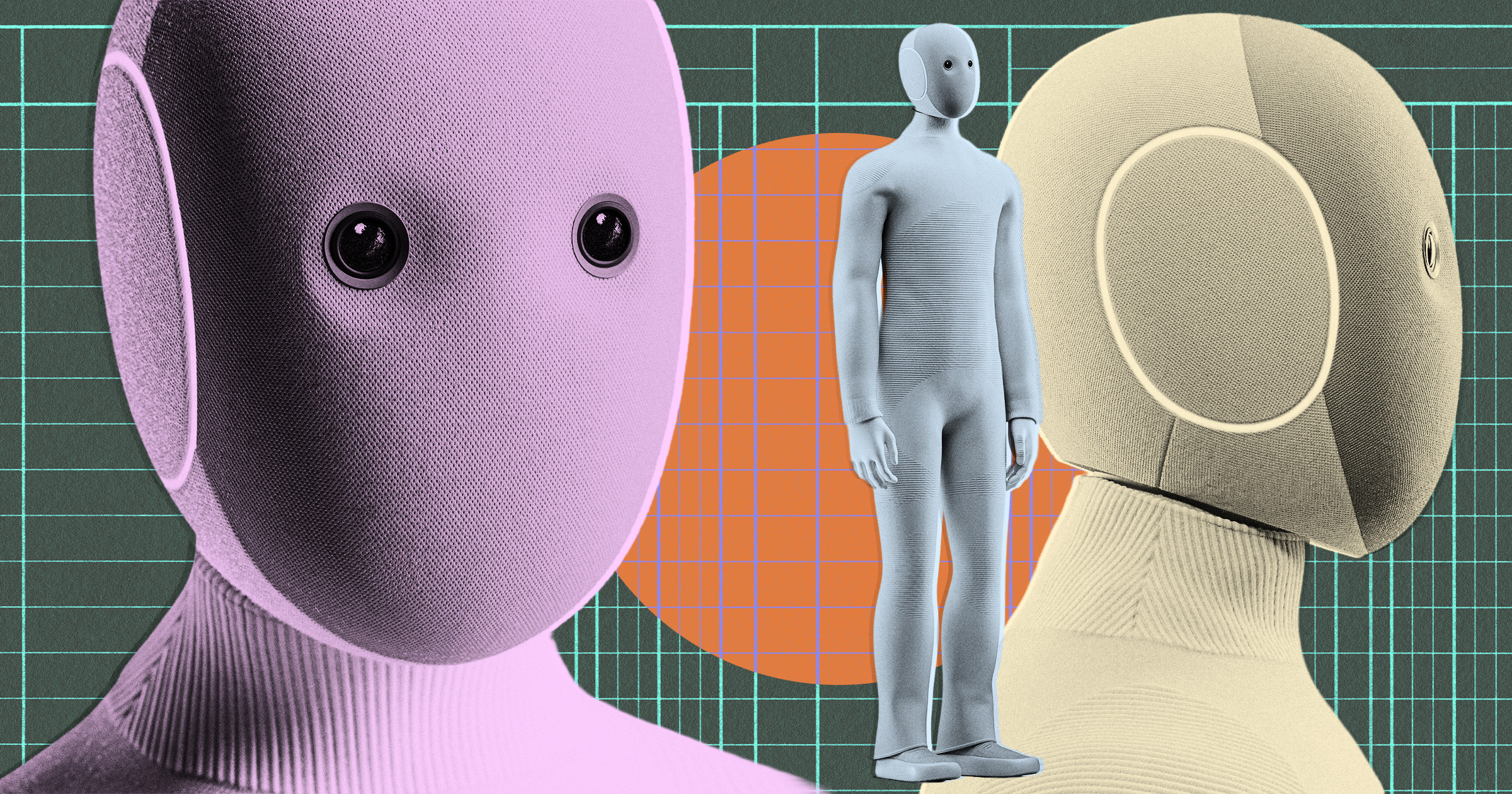The upcoming release of the NEO robot, developed by the Palo Alto-based startup 1X, is generating excitement among tech enthusiasts, but it comes with significant limitations. Set to ship in 2026, the NEO robot is priced at $20,000 and offers a unique service model that relies heavily on human operators for its functionality.
Weighing 66 pounds and standing at five foot six, the NEO features a fabric-covered design and is available in various earthy tones, including tan, gray, and dark brown. Interested customers can secure a preorder spot with a deposit of $200, followed by a choice of either a subscription fee of $499 per month or a one-time payment for full ownership.
Bernt Børnich, the founder and CEO of 1X, emphasizes that the NEO is a departure from the typical “hard, dark, sci-fi” aesthetics often associated with robots. Instead, he aims to create a more approachable and friendly presence in the home. Despite its charming appearance, the NEO is not autonomous; it requires remote human operators to carry out tasks. Owners will need to download a dedicated app to schedule chores, effectively meaning that a stranger will be controlling the robot in their home.
In an interview with the Wall Street Journal, Børnich explained the rationale behind the design and operational model. “If we don’t have your data, we can’t make the product better,” he said, indicating that the robot will collect data from users’ homes to improve its performance over time. This data collection raises potential privacy concerns, as users must trust that their home environment is safe from misuse.
The NEO’s reliance on teleoperation highlights the current limitations of humanoid robotics. Despite advances in technology, many humanoid robots struggle with basic tasks such as navigating household environments or manipulating objects safely. Tech journalist Michael Hiltzik notes that while industries like industrial robotics in China show rapid progress, consumer-oriented humanoid robots like the NEO and even Tesla’s Optimus remain more about hype than practical applications.
The trajectory of the NEO raises questions about the future of personal robotics. While the promise of an autonomous household assistant is appealing, the reality is that such technology is still far from being realized. For now, the most effective way to tackle everyday chores remains the traditional approach of using human hands.
As the market for personal robots grows, consumers will need to weigh the costs and benefits carefully. With a price tag of $20,000 and ongoing subscription fees, the NEO may appeal primarily to affluent tech enthusiasts rather than the average consumer. The blend of innovative design and significant operational limitations suggests that while the dream of a robotic helper is closer than ever, it is still not quite within reach.







